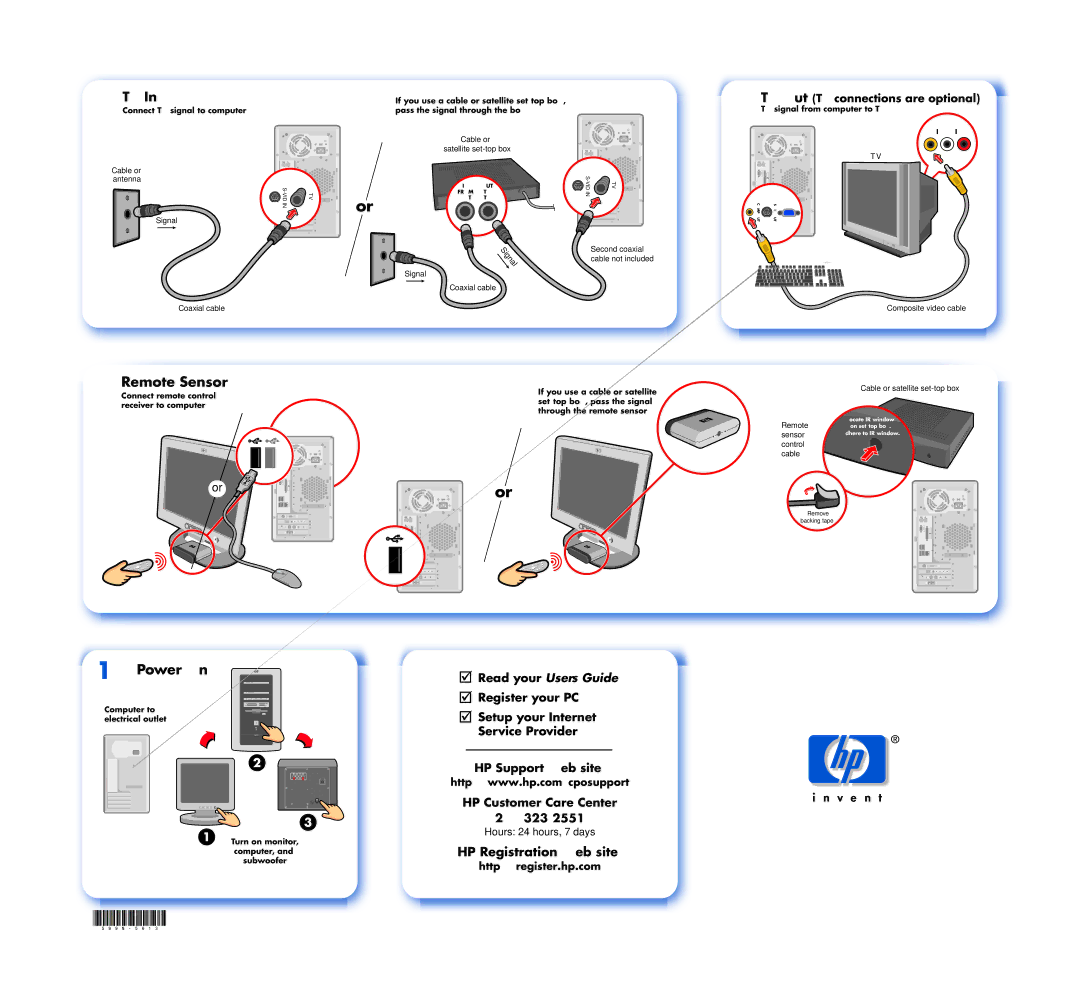884, 876x, 884n specifications
The HP 864, 854, 854n, 772n (US/CAN), and 884n represent a suite of high-performance signal generators designed for professionals in the telecommunications and electronics industries. These models are known for their reliability, precision, and versatility, catering to a wide range of testing and development needs.One of the standout features of these generators is their ability to produce high-frequency signals with exceptional accuracy. The HP 864 series, for instance, offers a frequency range typically extending from 0.1 MHz up to 2.0 GHz, making them suitable for a variety of applications, including RF testing, communication system validation, and component characterization. Their high-frequency operation is complemented by excellent phase noise performance, ensuring that signal integrity is maintained across various testing scenarios.
The HP 854 and 854n models introduce additional capabilities, such as synthesized signal generation and frequency agility, allowing users to sweep frequencies seamlessly, which is critical when characterizing the behavior of RF components or systems. The ability to generate modulated signals, including AM, FM, and pulse modulation, adds further flexibility, enabling users to simulate real-world operating conditions for precise testing.
The HP 772n (US/CAN) and 884n models broaden functionality with advanced user interfaces and enhanced connectivity options. These signal generators often feature intuitive graphical displays that simplify operation, making it easier for engineers to set frequencies, modulations, and power levels. The integration of USB and GPIB interfaces allows for remote control and integration into automated testing setups, streamlining workflows in busy laboratories.
Power output capabilities of these generators are notably robust, with adjustable output levels facilitating testing across various signal strengths. This feature is critical for accurately assessing the performance of receivers and other RF components under different operational conditions.
In summary, the HP 864, 854, 854n, 772n (US/CAN), and 884n signal generators exemplify the pinnacle of RF signal generation technology. With their high-frequency capabilities, modulation options, user-friendly interfaces, and versatile connectivity, these tools are essential for professionals engaged in the design, testing, and validation of advanced electronic systems. Their precision and reliability make them a cornerstone in the development of tomorrow's communication technologies.

